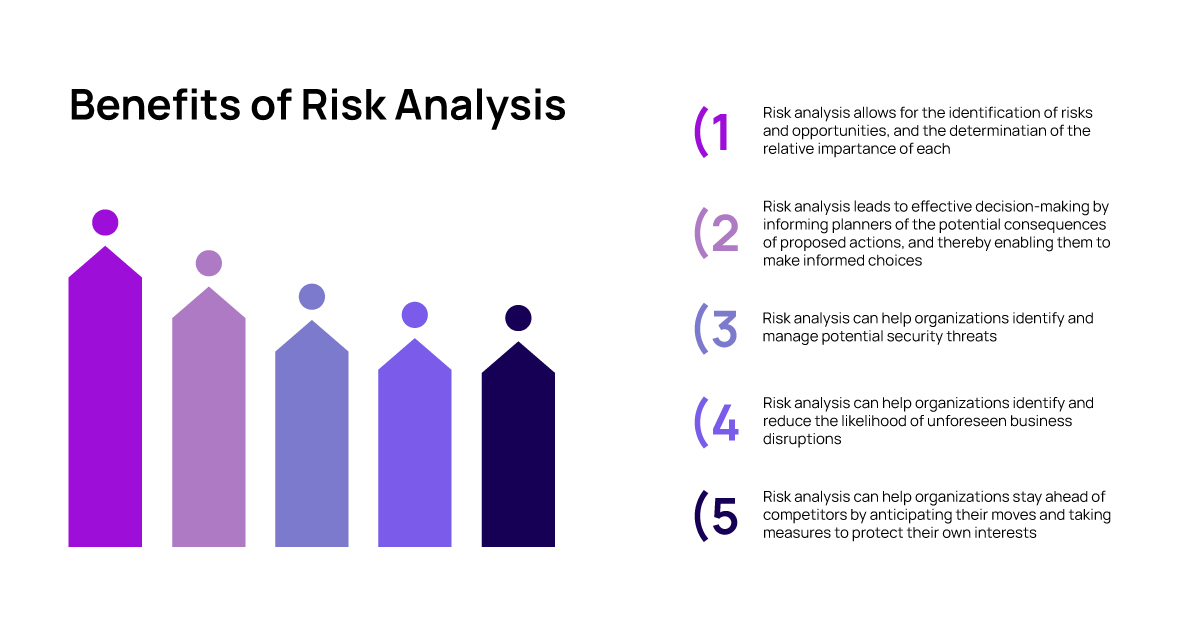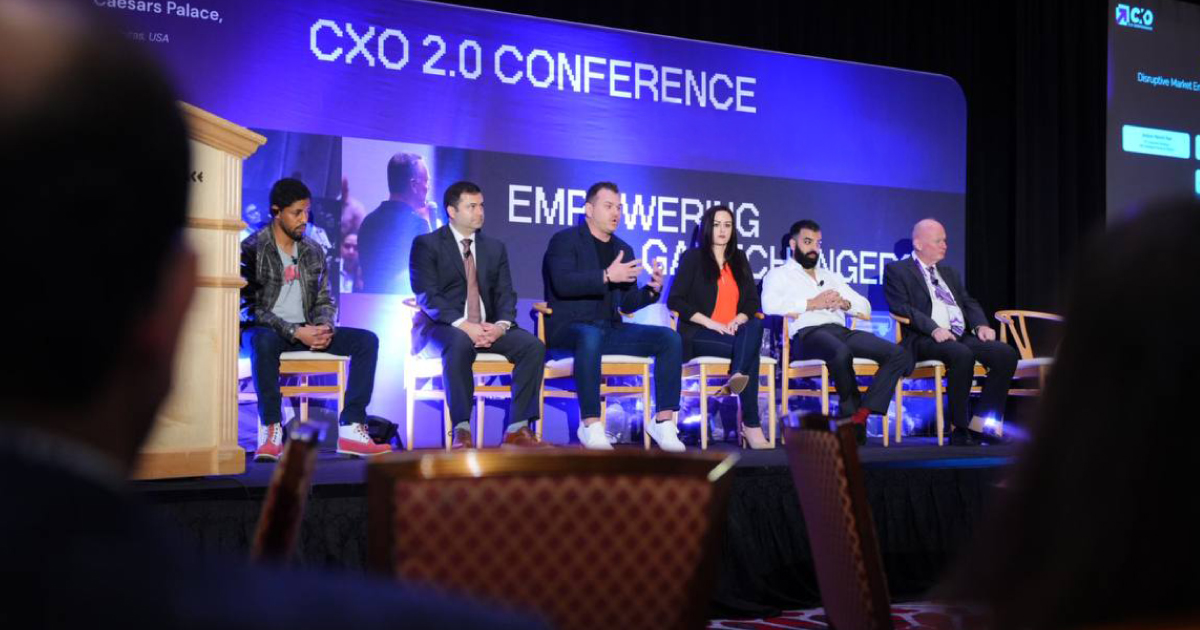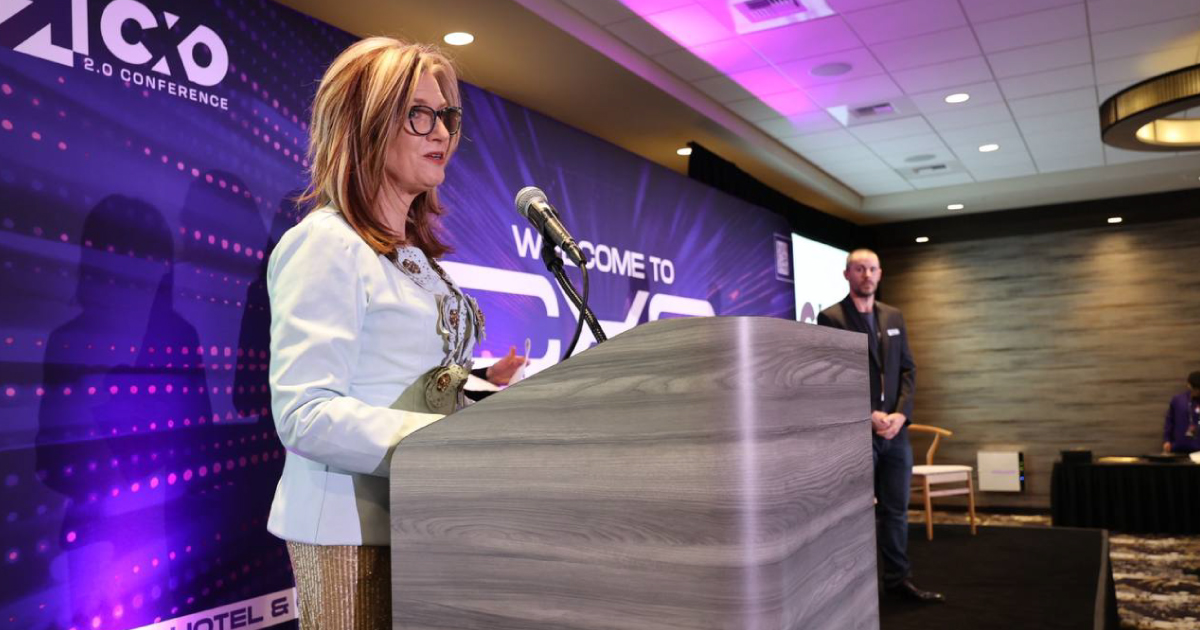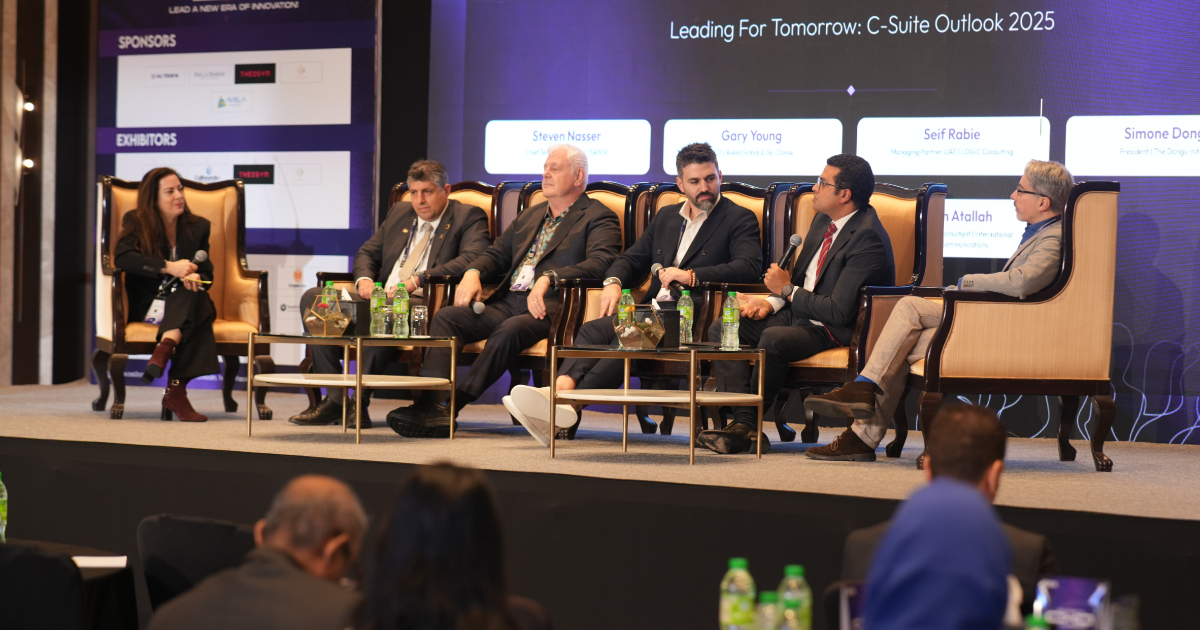Planning for the year ahead can be overwhelming, especially with the rapid pace of change in today's business world. But effective business planning is essential to keep your organization agile, focused, and ready to seize new opportunities. At the CXO 2.0 Conference, we've seen firsthand how strong planning processes can make the difference between just surviving and truly thriving in a competitive landscape. Strong planning not only prepares companies to face challenges but also empowers them to innovate and lead with confidence amid uncertainty.
Business planning isn't a one-time activity—it's an ongoing journey of reflection, strategy, and execution. To help leaders prepare for 2025, we've outlined five key steps that set a solid foundation for success. These steps draw from the insights shared by seasoned executives who gather at our leadership summit, as well as best practices proven across industries.
Step 1: Reflect On 2024 — Take A Hard Look At Your Current State
A thorough review of the past year is critical. It's tempting to rush into the future, but skipping this step risks repeating mistakes and overlooking valuable lessons. Engage your leadership team and frontline staff to collect a wide range of perspectives on what worked and what didn't. Incorporating diverse viewpoints from across your organization uncovers hidden insights that can shape more effective strategies going forward.
Consider financial performance, customer feedback, employee engagement, and operational efficiency. Use data to support your evaluation, but don't underestimate the power of qualitative insights from conversations and observations. At our business leadership conference, we emphasize cultivating a culture of learning and transparency. Encouraging honest reflection helps teams build trust and positions your organization for meaningful growth. Transparency in acknowledging both successes and failures fosters accountability and creates a growth-oriented mindset essential for long-term success.
Step 2: Define Clear, Measurable Goals Aligned With Your Vision
Goals guide focus and energy. Without clarity, teams may pull in different directions, diluting impact. Establish SMART goals—specific, measurable, achievable, relevant, and time-bound—that align with your company's broader mission and vision. Clear goals act as a roadmap, helping every team member understand their role in achieving the organization's overall objectives.
Break down big goals into manageable milestones, assigning ownership and timelines to ensure accountability. For example, instead of "grow revenue," aim for "increase revenue by 15% in Q3 and Q4 through expanding into two new markets."
Leaders at our leadership summit often share how clear goal-setting promotes motivation and alignment, turning abstract ambitions into tangible outcomes. This approach not only clarifies expectations but also creates opportunities to celebrate progress, reinforcing momentum throughout the year.
Step 3: Identify Risks And Opportunities In A Complex Landscape
Today's business environment demands proactive risk management and opportunity recognition. Identify potential obstacles such as supply chain vulnerabilities, technological disruptions, or evolving customer preferences, and develop contingency plans. Anticipating risks early reduces surprises and prepares your organization to respond swiftly and effectively.

Source: Faster Capital
At the same time, experts at our business leadership conference suggest looking for growth drivers: new technologies, shifts in consumer behavior, partnerships, or regulatory changes that could open doors. Scenario planning equips leaders with frameworks to analyze different futures and adapt accordingly.
By embedding risk and opportunity analysis into your plan, you increase resilience and position your business to capitalize on emerging trends. Embracing a mindset that views uncertainty as an opportunity empowers leaders to innovate and stay competitive in volatile markets.
Step 4: Align Your Resources And Invest In Capability Building
Having a strategy is one thing; executing it effectively requires the right resources. Assess whether your current workforce, technologies, and budget allocations support your goals. Identify gaps and prioritize investments. Resource alignment ensures that strategies translate into action, eliminating bottlenecks and accelerating results.
For example, digital transformation initiatives may require hiring data analysts or upskilling existing teams. Leadership development and employee engagement programs often pay dividends by boosting productivity and retention. CXO 2.0 Conference consistently highlights how organizations that align resources thoughtfully and invest in people outperform competitors.
Remember that your talent is your greatest asset—nurture it accordingly. Continuous learning and development cultivate adaptability, empowering employees to drive innovation and respond to changing business needs.
Step 5: Establish A Dynamic Execution And Review Process
Business planning is not "set and forget." Establish mechanisms for continuous monitoring, including regular performance reviews, progress updates, and feedback loops. This ensures you stay on track and can pivot when necessary. Embedding flexibility into your execution process allows your organization to remain resilient and responsive amid unforeseen challenges.
Create dashboards or scorecards to track key performance indicators (KPIs) linked to your goals. Schedule quarterly or monthly check-ins with leadership and teams to discuss progress, challenges, and adjustments. Flexibility is vital—markets evolve, new competitors emerge, and unexpected disruptions happen. At any business leadership conference, flexibility and adaptive execution are emphasized as keys to staying resilient and aligned in a fast-changing market. Leaders who embrace an adaptive approach to planning and execution are better equipped to navigate uncertainty.
Power Up Your Strategy With Our Leadership Summit!

Preparing your business plan for 2025 is an opportunity to sharpen your vision, align your team, and build momentum for growth. The CXO 2.0 Conference provides a space where executives can explore these themes in depth, learn from industry experts, and connect with peers facing similar challenges.
This immersive environment inspires leaders to innovate boldly and develop strategies that harness the full potential of their organizations. Together, we'll equip leaders with the tools and insights to unlock explosive growth in 2025 and beyond.
Don't miss this opportunity to connect with visionary executives and leave ready to lead your business into a prosperous future at our leadership summit!
FAQs
1. What makes the CXO 2.0 Conference in Dubai a must-attend event for business leaders planning for 2025?
The CXO 2.0 Conference brings together top executives, industry experts, and innovative thinkers in a dynamic environment focused on leadership growth and business transformation. With a diverse agenda, hands-on workshops, and unmatched networking opportunities, attendees gain practical insights and strategies specifically tailored to navigate the challenges and opportunities of 2025.
2. Why is reflecting on the previous year an essential first step in business planning?
Reflection helps leaders identify what strategies and tactics worked well and which didn't, providing valuable lessons to inform future decisions. It also ensures that the business plan is grounded in reality, helping to avoid repeating mistakes and to leverage strengths.
3. What are SMART goals, and why are they important in business planning?
SMART goals are Specific, Measurable, Achievable, Relevant, and Time-bound objectives that provide clarity and focus. Setting SMART goals helps teams understand exactly what needs to be achieved and by when, improving accountability and increasing the likelihood of success.
4. How can businesses stay flexible when executing their 2025 plans amid ongoing uncertainty?
Flexibility comes from regularly monitoring progress and being willing to adjust strategies as market conditions change. Establishing review processes and using data-driven dashboards enables timely decision-making, allowing businesses to pivot quickly when needed.
5. How does CXO 2.0 facilitate collaboration and learning among participants during the event?
CXO 2.0 offers a carefully curated agenda including panel discussions, fireside chats, and networking sessions that encourage knowledge sharing and relationship building. The conference is designed as an interactive platform where leaders can exchange ideas, discover emerging trends, and build partnerships that extend well beyond the event.












